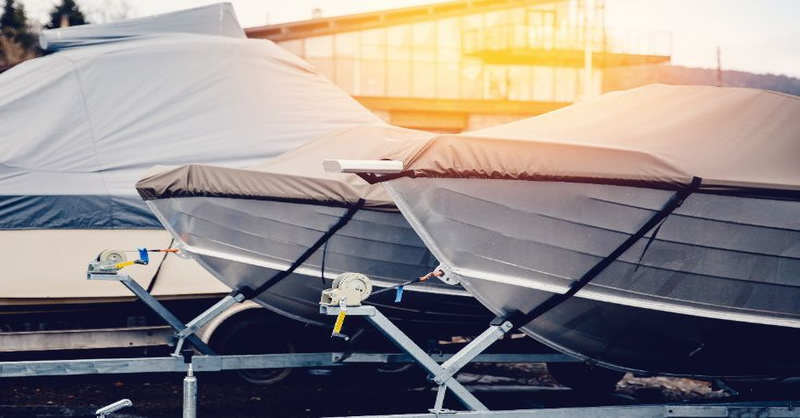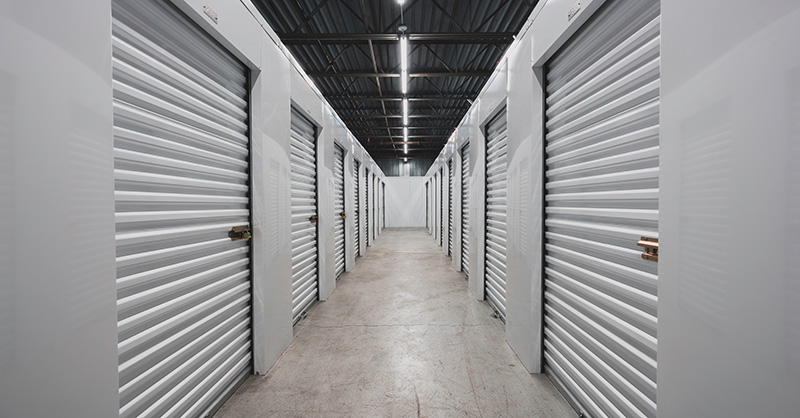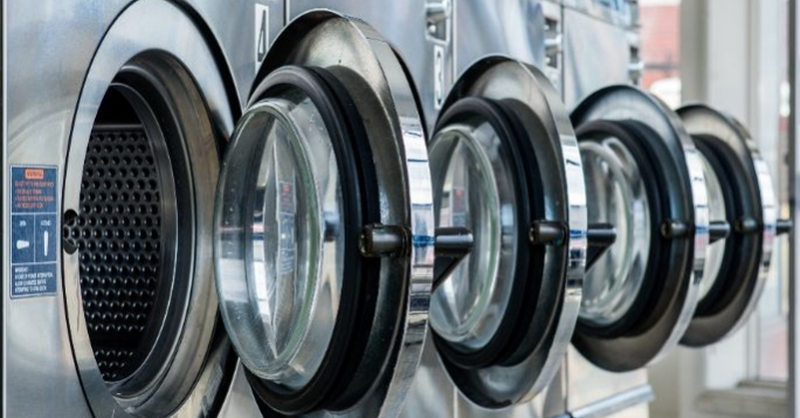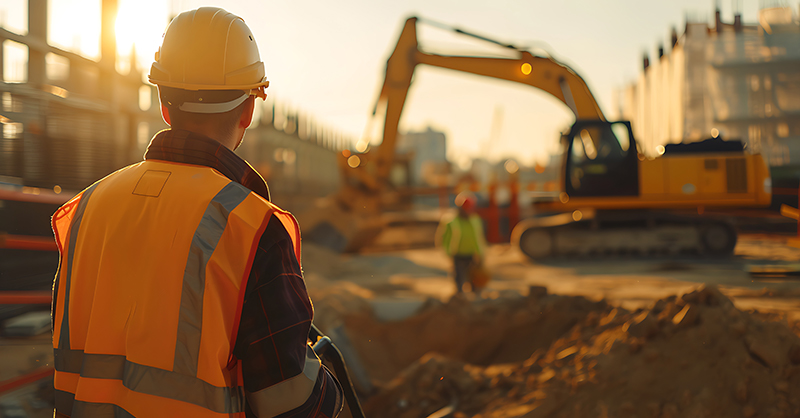Understand the Risk of Aquatic Inflatables
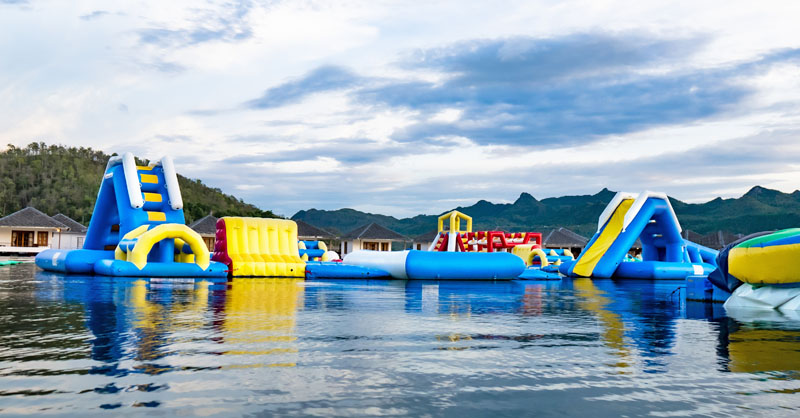
The Problem with Commercial Water Inflatables
Commercial water inflatables and lake-based swimming pose a possible drowning risk. Potential accidents could also include concussions, broken bones, and scratches. Devices not professionally installed in adequately deep water and/or using proper spacing have the potential to cause further injuries. The use of inflatables in lakes (also known as Brown Water) can reduce the ability to see individuals while swimming. These inflatables are large and can often be difficult to provide adequate lifeguarding protection. The unfortunate result is a higher risk for drowning due to the presence of blind spots that make it difficult for lifeguards to see. Even with the use of life jackets, these inflatables can still present a high risk of drowning.
If water inflatables are in use, organizations should consider adding additional controls and lifeguards when these inflatables are being used in a lake or pond.
Recommended Action: Ten Tips to Help Prevent Drowning or Injury
These tips can help you take corrective action right away. Begin by modifying the play area including commercial water inflatables and making improvements to current lifeguarding towers and protocols in place.
- Distribute this alert to relevant personnel.
Determine who will be your on-site expert at your organization such as the Aquatic Director, Facility Manager, and/or CEO, and involve them in all phases of the process (research, purchasing, installation and inspection). Your on-site expert should be present in all discussions and evaluations of the potential equipment.
- Take the following actions to improve controls for commercial water inflatables in lakes:
- Limit the number of individuals allowed in the area.
- Reduce the amount of swim time to protect swimmers from strain.
- Only operate during daytime hours.
- Secure a zone around the inflatable.
- Set an age requirement for inflatables.
- Inspect all devices before daily use.
- Check for loose or missing anchors.
- Identify possible entrapment hazards.
- Make sure inflatables are properly inflated.
- Check water levels around the inflatables.
- Confirm that all safety equipment is in usable condition and up to standards.
- Re-evaluate and improve lifeguard safety programs currently in place by taking the following precautions:
- Relocate lifeguard towers to reduce the number of blind spots.
- Increase the number of lifeguards present.
- Provide additional training for lifeguards around inflatables.
- Confirm that the correct lifejackets are being worn in all areas where inflatables are present.
- Ask for a copy of all safety materials from the manufacturer before purchasing.
- Determine whether you have adequate space for the devices.
- Establish a water depth baseline for all pieces of equipment.
- Safe storing conditions should also be determined.
- Consult with services from Great American Loss Control to improve controls and aquatic safety.
Don’t fail to act or wait to improve your safety programs as this can possibly increase the risk of loss.
